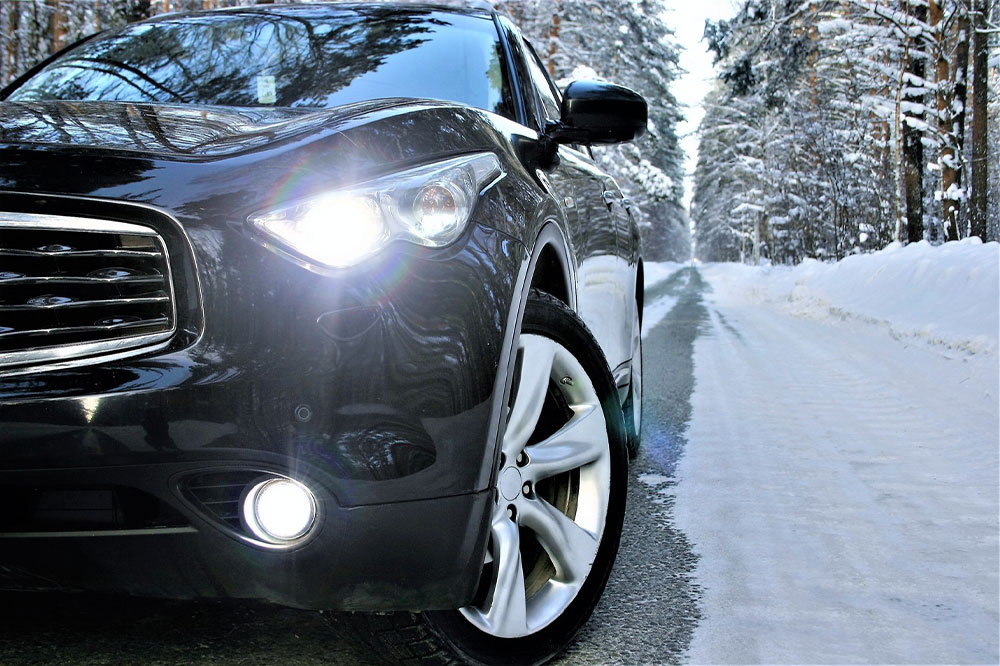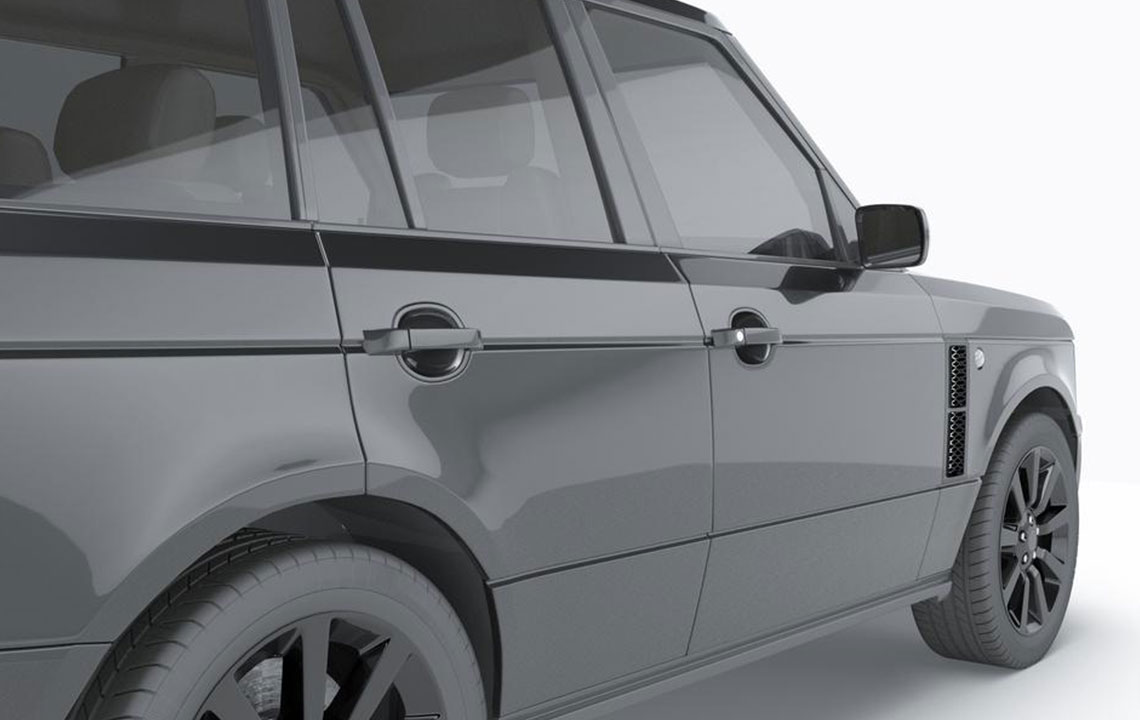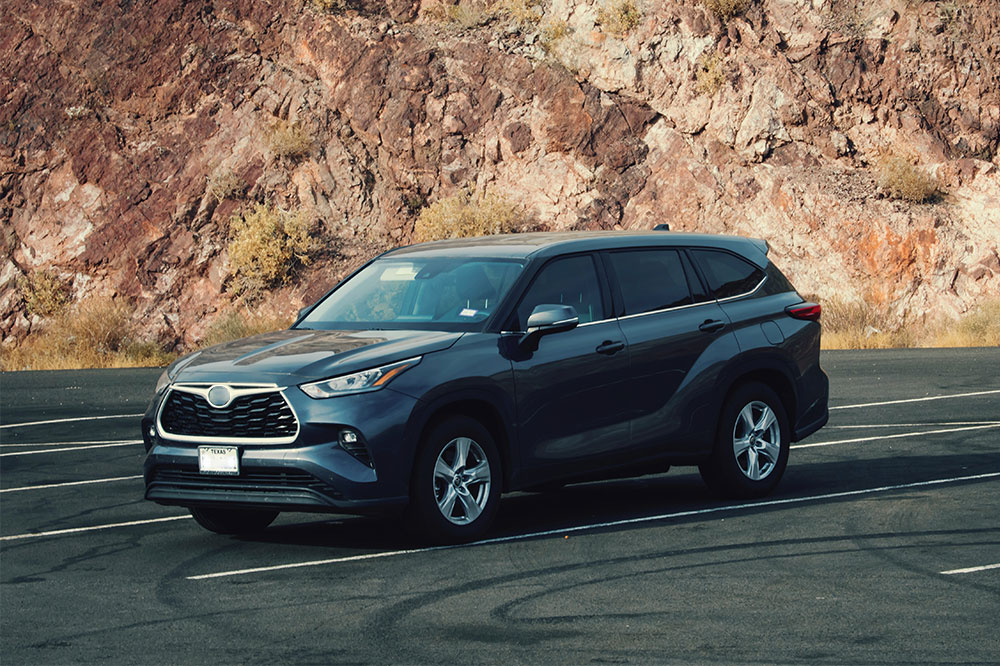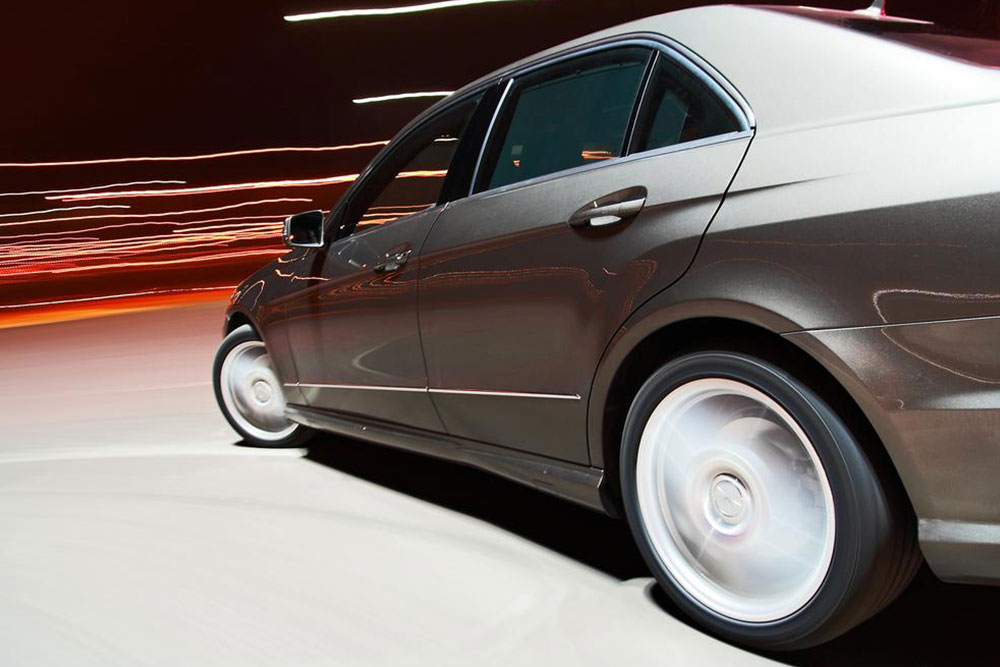Comprehensive Guide to Distinguishing SUVs from Crossovers: Key Differences and Insights
Discover the key differences between SUVs and crossovers with this detailed guide. Learn about their construction, design, fuel efficiency, and performance to make smarter vehicle choices. Whether for urban use or off-road adventures, understanding these distinctions ensures you pick the right vehicle for your needs.

Comprehensive Guide to Distinguishing SUVs from Crossovers: Key Differences and Insights
In the ever-evolving automotive world, terms like SUVs and crossovers are often used interchangeably by consumers, but understanding their fundamental differences is crucial for making an informed purchase. While both vehicle types share similar aesthetics and functions, their construction, performance, and usability differ significantly. This guide delves into the distinctions between SUVs and crossovers, helping customers identify which vehicle aligns best with their needs and lifestyle.
Many buyers are unaware that what they perceive as an SUV might actually be a crossover—designs that mimic SUVs but are built on different platforms. Recognizing these differences can enhance your vehicle selection process, ensuring you choose a model that fits your performance requirements, comfort preferences, and budget.
The popularity of crossovers has surged in recent years due to their stylish appearance and practicality, often leading consumers to question: How do they truly differ from traditional SUVs? This comprehensive comparison aims to clarify these common questions and provide a detailed understanding of each vehicle type.
Major Differences Between SUVs and Crossovers
Chassis Construction: An SUV typically features a truck-based chassis known as a body-on-frame construction, which is designed for durability and off-road capabilities. In contrast, crossovers are built on a unibody platform, similar to that used in passenger cars, offering a smoother ride and better handling on paved roads.
Design and Appearance: Crossovers boast a sleek, modern aesthetic with smooth lines and a car-like silhouette, making them ideal for urban environments. SUVs, on the other hand, tend to have a rugged, boxier appearance that emphasizes strength and off-road potential.
Fuel Efficiency: Because crossovers are lighter and tend to be more aerodynamic, they generally consume less fuel compared to larger SUVs, which may have larger engines and higher fuel consumption.
Performance and Terrain Capabilities: SUVs with higher ground clearance and sturdy suspension systems are better suited for challenging terrains, off-road adventures, and towing heavy loads. Crossovers excel on city streets and highways, offering comfort and efficiency, but are less capable on rough terrains.
Exterior and Interior Features: Many crossovers are designed with a sleek profile, emphasizing comfort and style. SUVs often feature a rugged exterior, with options for rugged wheels, skid plates, and other off-road enhancements, along with more utilitarian interiors.
Handling and Ride Comfort: Crossovers deliver car-like handling and a smoother ride due to their unibody construction, making them preferred for daily commuting and family transportation. SUVs provide a more commanding driving position and can handle tougher conditions but may sacrifice some ride comfort.
Versatility and Practicality: Crossovers are excellent for urban dwellers and families, offering ample cargo space, safety features, and ease of maneuverability. SUVs are versatile in utility, capable of towing trailers, carrying heavy loads, or tackling off-road environments, albeit often at the expense of fuel economy and comfort.
Popular crossover models include vehicles like the Ford Explorer, Jeep Grand Cherokee, Toyota Highlander, and Nissan Pathfinder. These vehicles exemplify the blend of style, comfort, and versatility that crossovers are known for. Conversely, traditional SUVs such as the Chevrolet Tahoe, Ford Expedition, and Toyota Land Cruiser highlight ruggedness and towing capacity, catering to adventurous and utility-focused consumers.
Understanding these differences not only aids in vehicle selection but also ensures buyers choose a vehicle aligned with their primary needs—be it urban commuting, family travel, or off-road adventures. Whether you prefer the modern finesse of a crossover or the rugged capability of an SUV, knowing their core distinctions helps optimize satisfaction and long-term performance.





